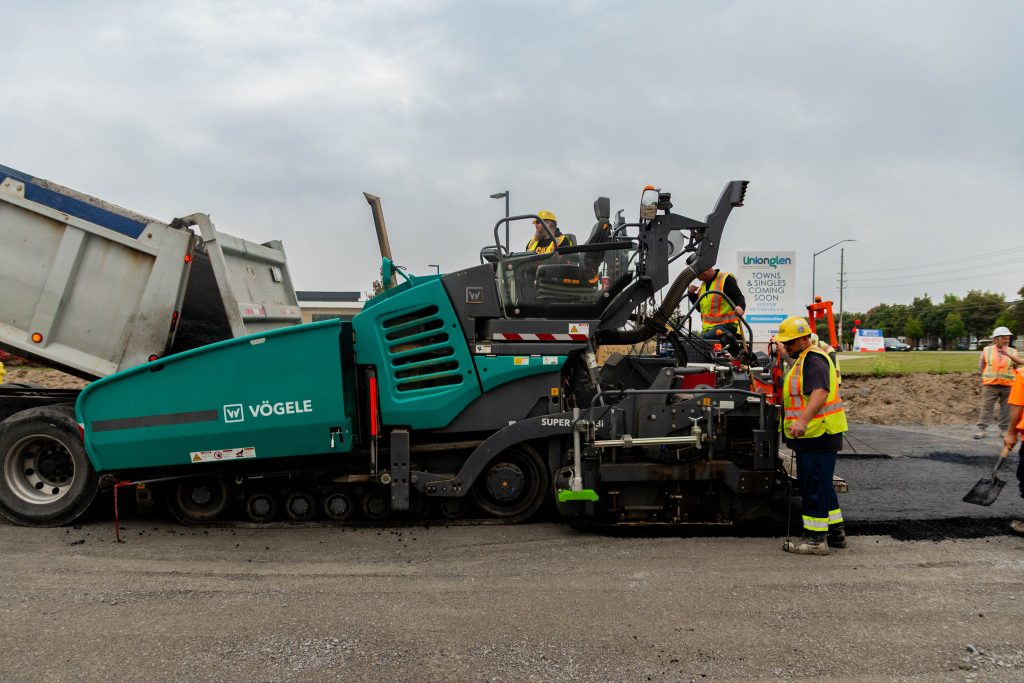
Why Ontario Needs Standardized Road Building Specifications
Ontario’s roads are the backbone of our economy, connecting communities, moving goods, and getting people where they need to go. But when it comes to how those roads are designed, built, and maintained, Ontario faces a major problem: every municipality has its own playbook.
Across the province’s 444 municipalities, hundreds of different road-building specifications and procurement practices exist. In the Greater Toronto Area alone, contractors must work with over 300 different asphalt mix designs. This patchwork approach drives up costs, slows down project delivery, and undermines quality.
The Toronto and Area Road Builders Association (TARBA) believes it’s time to fix this — by standardizing road specifications through the Ontario Provincial Standard Specifications (OPSS) framework.
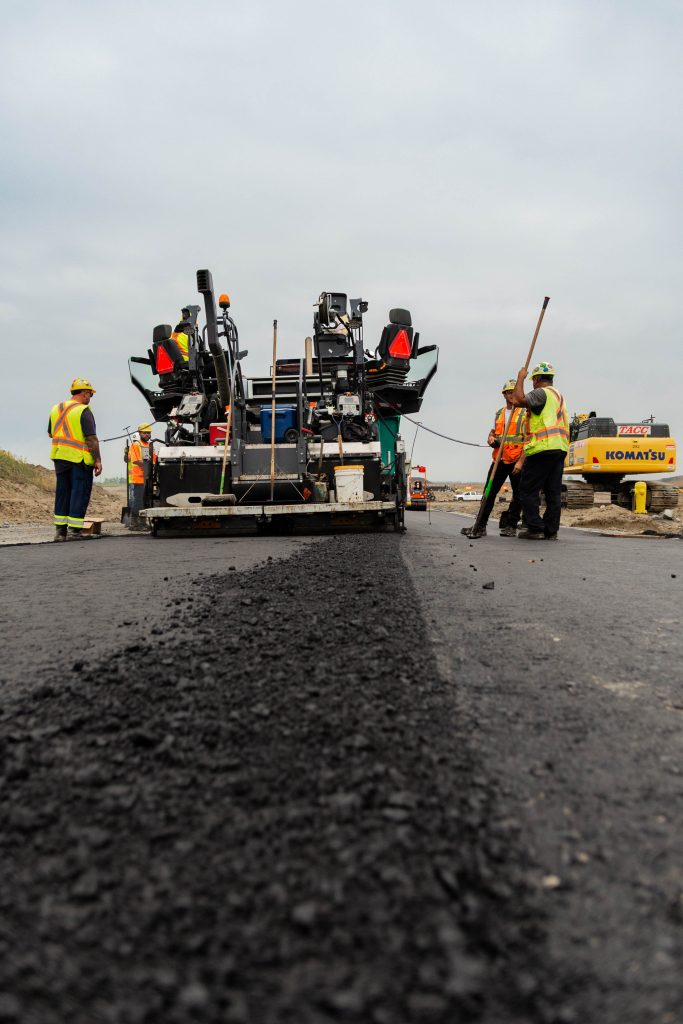
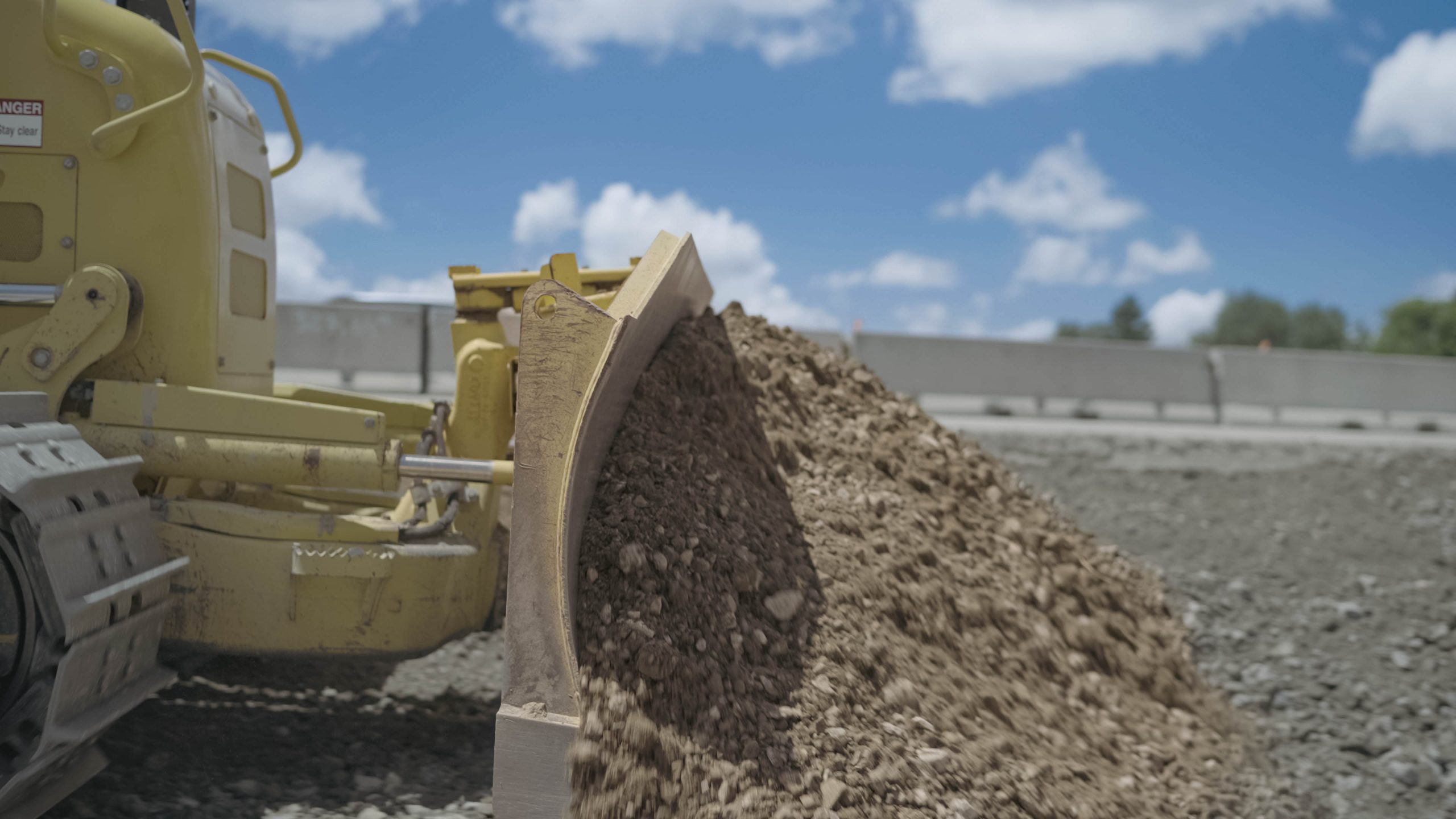
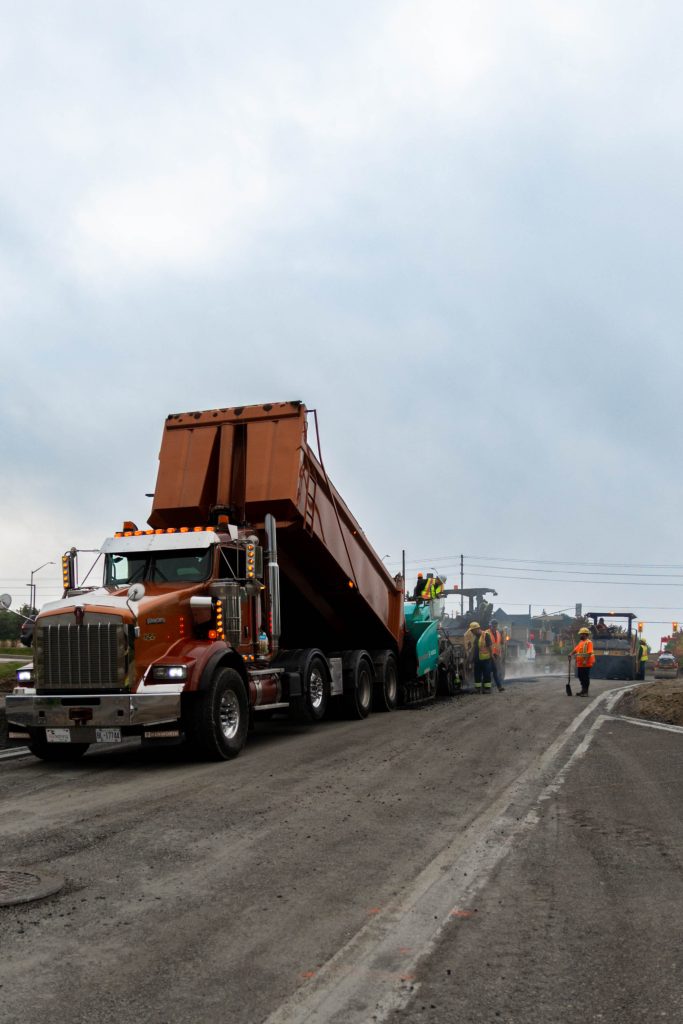
The OPSS Model
The OPSS.PROV and OPSS.MUNI standards were developed to provide a comprehensive and uniform framework for provincial and municipal road construction and procurement practices. It establishes clear, consistent technical requirements for material use, construction methods, quality control processes, and general conditions of contract aligned with best practices and provincial guidelines.
These standards are jointly developed and managed by the Ontario Ministry of Transportation, the Municipal Engineering Association, and representatives from industry. It has been proven by consistently well-built, cost-effective, safe, and dependable highways, roads, sewers, watermains, and many other types of infrastructure in the province. Any changes to the standards are measured and are implemented with realistic timelines.
Currently, the use of OPSS.MUNI is not mandatory, and municipalities have discretion in adopting these standards, modifying them, or creating their own. Unfortunately, OPSS specifications and drawings have not been widely adopted among municipalities in Ontario. Municipalities have created stricter “supplementary specifications”, a long list of exceptions, or bypassed OPSS.MUNI, fragmenting consistency and amassing hundreds of different specifications across the province. Municipalities can quickly change their own standards without any consultation, simply issuing a notice to industry that can impact production, design, build, and performance.
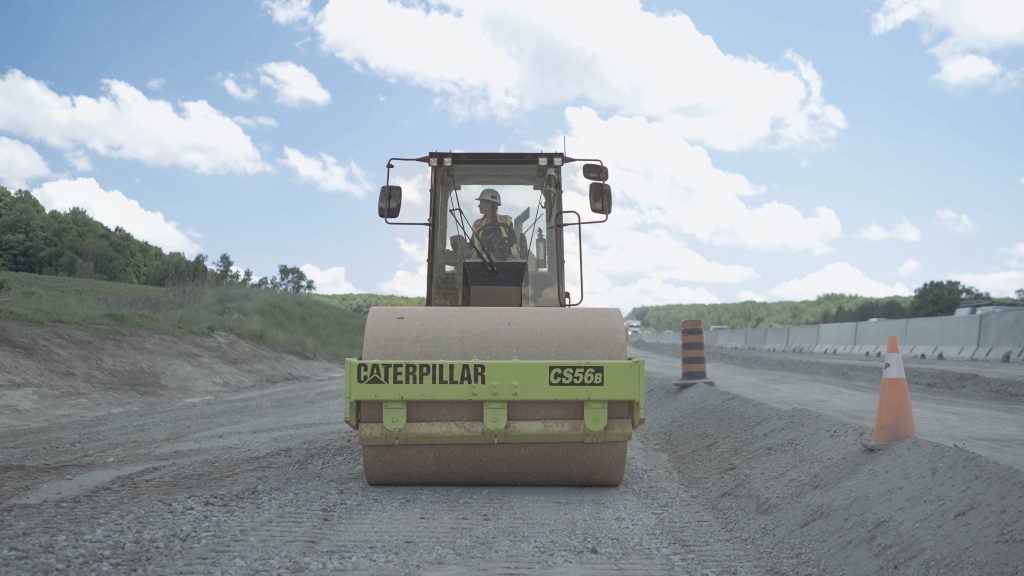
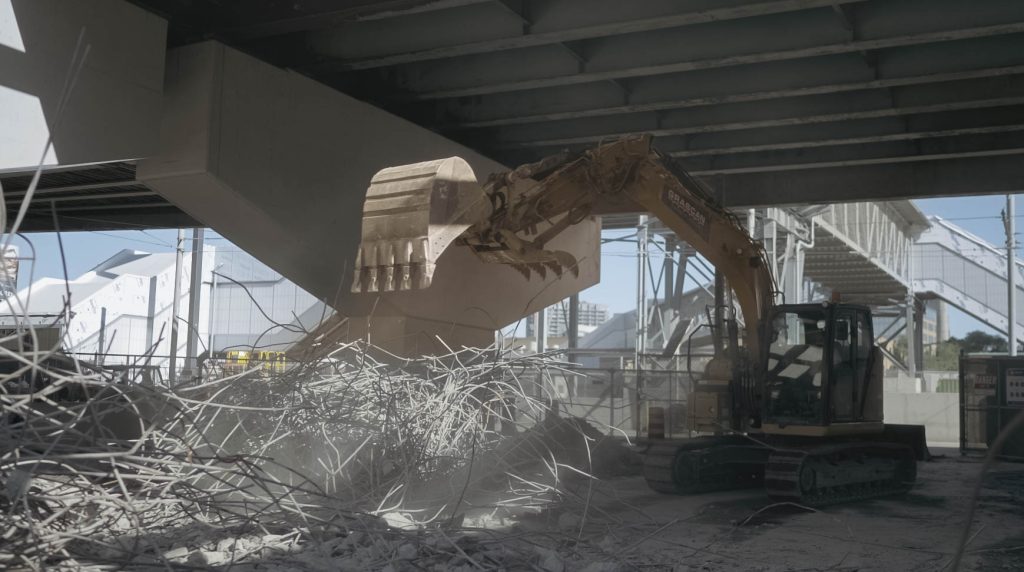
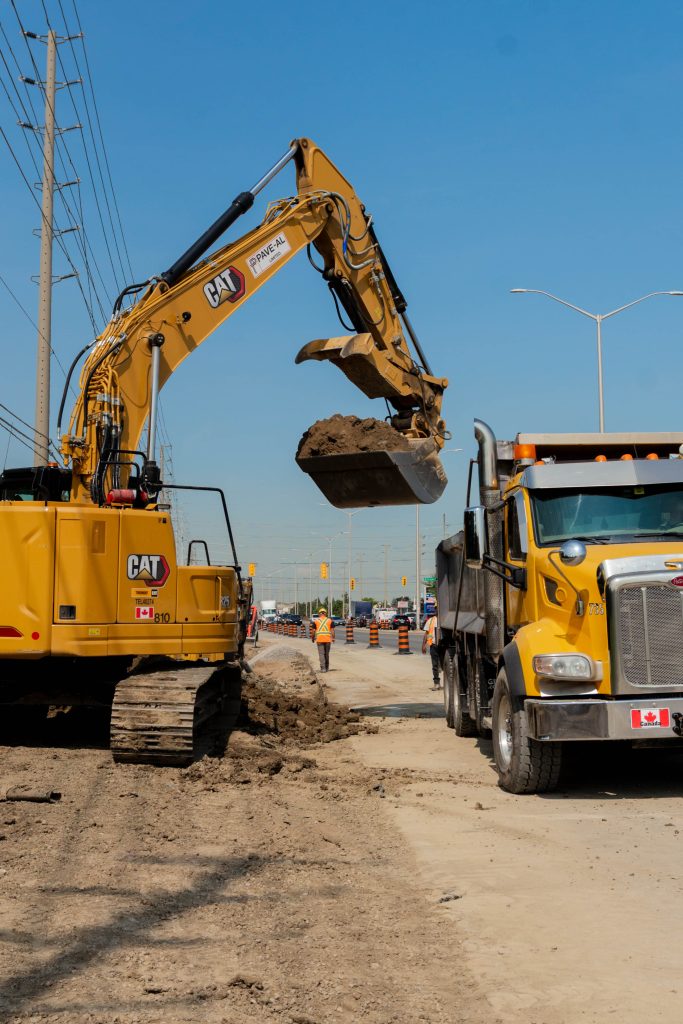

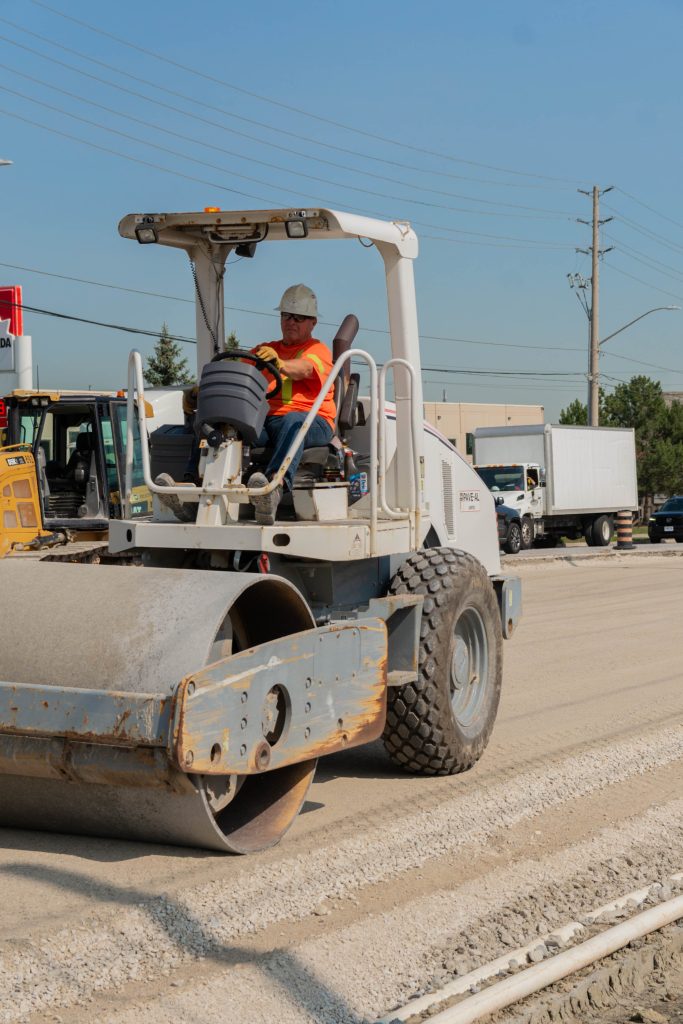
The Case for Standardization
Standardization is about creating a strong, evidence-based baseline that ensures quality, safety, and cost-efficiency while still allowing room for regional adjustments.
Here’s how adopting OPSS.MUNI as the standard across Ontario would benefit municipalities, taxpayers, and industry:
- Cost savings for taxpayers: With common standards, municipalities can leverage economies of scale, bulk procurement, and more competitive bidding. An upcoming study by CANCEA shows harmonizing asphalt mix designs in the GTA alone could unlock nearly $1 billion in value over the next decade.
- Faster project delivery: Clear, pre-vetted standards mean less time spent on drafting specs, back-and-forth reviews, and disputes — resulting in projects being designed and built with fewer delays.
- Better quality and safety: Uniform standards mean consistent pavement thickness, materials, and testing protocols. That means fewer potholes, less emergency repair work, and safer travel for everyone.
- Sustainability: OPSS standards already encourage practices like using recycled crushed aggregates — reducing carbon emissions, conserving non-renewable resources, and cutting landfill use.
- Streamlined project management: Clear, consistent specifications simplify project planning, contract administration, and oversight, thereby reducing delays and minimizing disputes between municipalities, contractors, and suppliers.
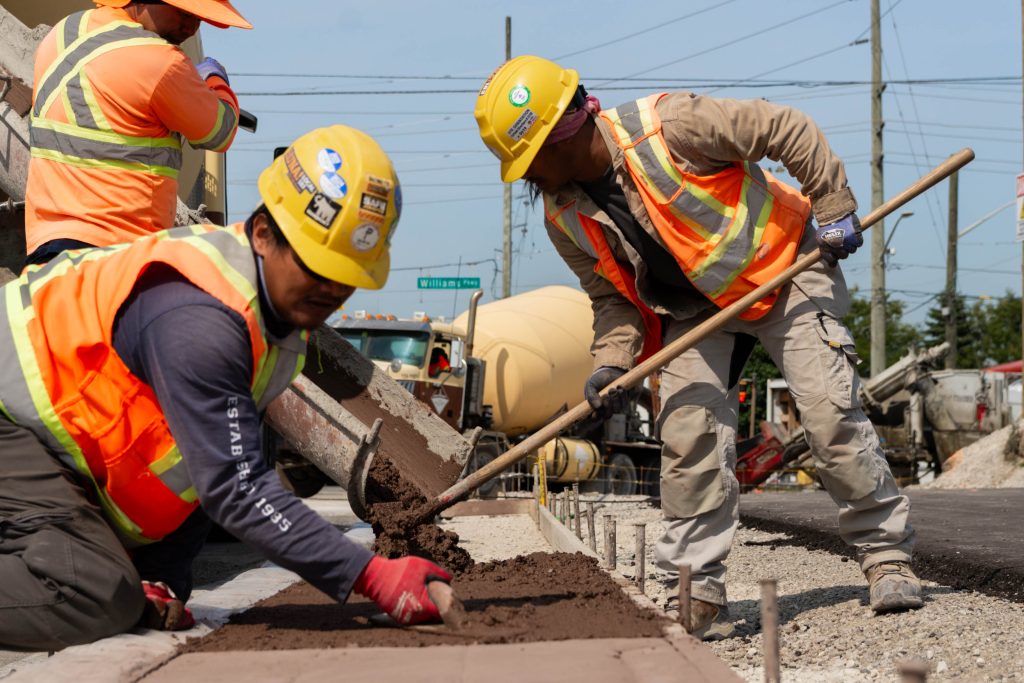
Overcoming Barriers
Some municipalities may worry about upfront costs, local conditions, or losing control. But these challenges can be managed.
- Transition costs (such as moving from Marshall mixes to Superpave) are offset by longer service life and lower maintenance costs.
- Smaller municipalities gain access to vetted, high-quality standards without needing extensive in-house engineering capacity.
- Local conditions can be accommodated through a tiered model — a province-wide core standard, with regional add-ons to reflect climate and traffic differences.
Standardization doesn’t take away local control. It ensures that innovation and quality improvements are shared across the province instead of staying siloed in individual municipalities.
TARBA’s Recommendations for Implementing Standardization
To strengthen confidence in and promote broader adoption of OPSS.MUNI, the existing governance framework should be enhanced. Here’s how:
- Establish a Structured, Representative Governance Model
- The OPS Advisory Committee should serve as the governance lead and overall approval body and be supported by Specialty Committees responsible for technical specification development, with representatives from the Ministry of Transportation (MTO), municipalities, and industry
- Implement a Fixed, Recurring Review Schedule
- Implement a predictable review process to ensure transparency and accountability when updating standards that includes feedback beyond the existing committee structure.
- Decisions on standard changes should be evidence-based, using field data, pilot projects, and lifecycle cost analysis.
- Adopt a Tiered Model
- Core Standards (mandatory): Apply across all municipalities in Ontario. These should cover non-negotiable areas such as material specifications and general conditions of contract.
- Regional Standards (flexible): Pre-approved add-ons tailored for Ontario’s five MTO regions: Central, Eastern, Western, Northeast, Northwest. This allows for climate and traffic-specific needs while maintaining regional economies of scale.
- Develop a Formal Customization Process
- Municipalities wishing to introduce additional customizations outside of OPSS.MUNI must provide evidence and have them reviewed and approved by the OPSS governance board in advance.
- Tie Standards to Funding
- Make provincial and federal funding for municipal transportation projects contingent on the use of OPSS.MUNI. This ensures alignment across municipalities while protecting taxpayer dollars.
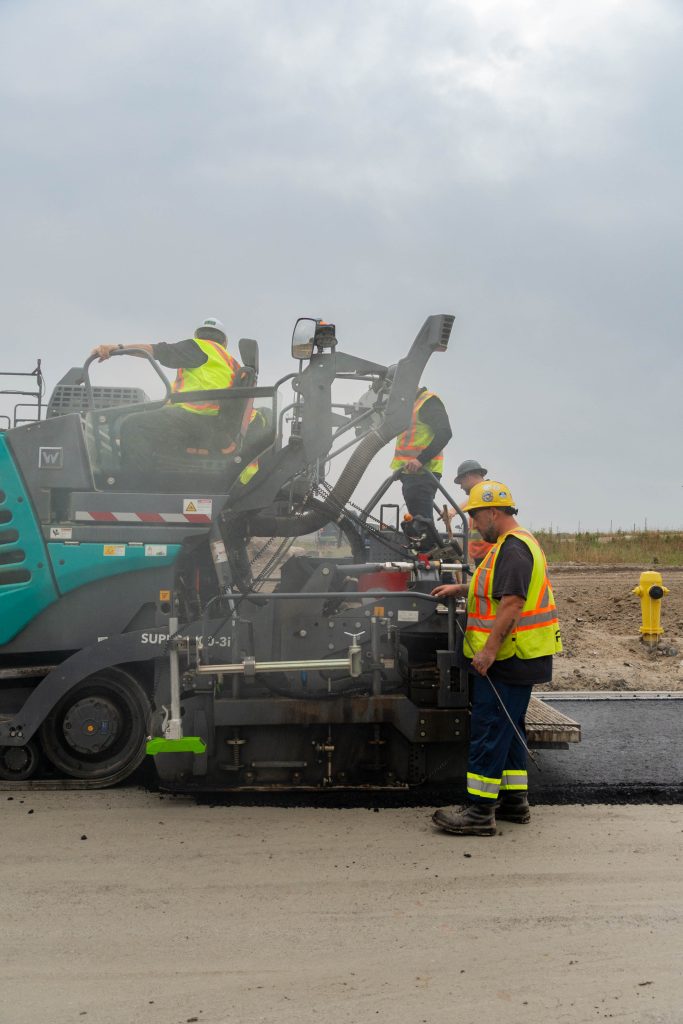
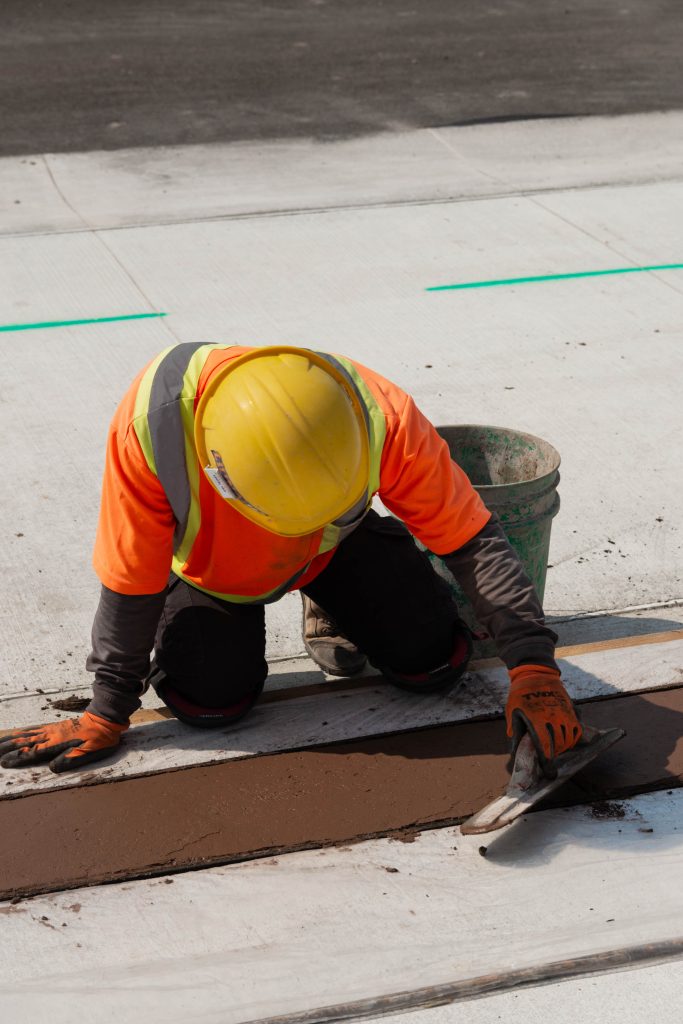
Lessons from British Columbia: The MMCD Model
Ontario doesn’t need to reinvent the wheel. British Columbia has already shown what’s possible through its Master Municipal Construction Documents (MMCD).
Established in 1996, the MMCD is a standardized framework for municipal infrastructure projects used widely across BC. Like OPSS.MUNI, it sets technical specifications, contract language, and quality standards. But what makes MMCD successful is its governance model:
- It’s maintained by a non-profit society with representation from municipalities, consultants, and contractors.
- Updates are made through a transparent, evidence-based process with broad industry consultation.
- Municipalities benefit from clear, consistent standards while still being able to make controlled adjustments for local conditions.
The result? Faster projects, better quality, and more efficient use of taxpayer dollars. BC’s example proves that province-wide harmonization works — and Ontario can achieve the same benefits through OPSS.MUNI.
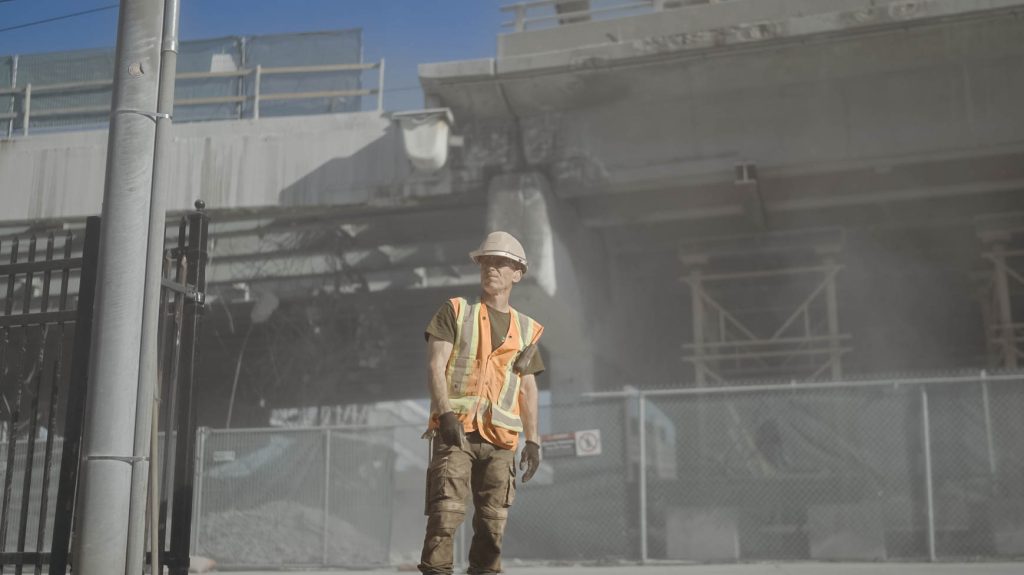
Building a Better System for Ontario
The road ahead is clear. By adopting OPSS.MUNI as the provincial standard for municipal road building, Ontario can:
- Cut red tape and duplication.
- Save taxpayers money.
- Deliver safer, longer-lasting infrastructure.
- Level the playing field for small and medium-sized contractors.
- Support sustainable construction practices.
The time to act is now. Ontario deserves roads that are built to the highest standard — without wasting money or time.